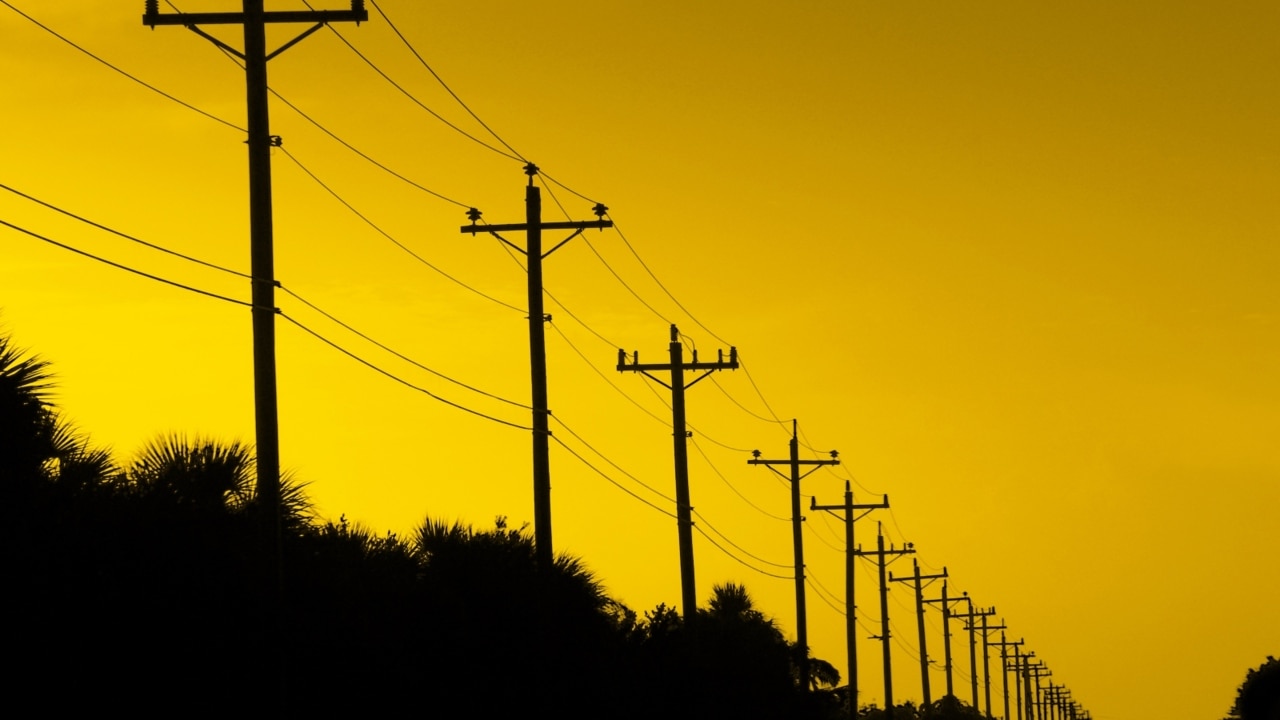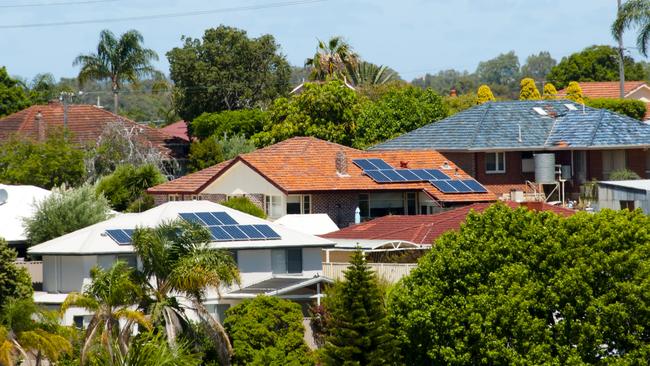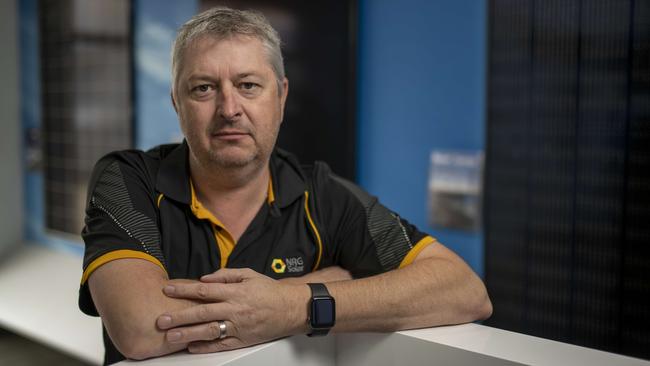SA solar power users ‘slapped in face’ with huge price hikes, slashed rebates
Rooftop solar owners are facing huge bill increases up to $1000 a year – because solar is just too popular in SA. See how the SA rebates compare.

SA News
Don't miss out on the headlines from SA News. Followed categories will be added to My News.
Rooftop solar owners are being “slapped in the face” with bills rising by up to nearly $1000 a year, as some energy companies hike charges and slash rebates for putting solar back into the grid.
Critics say the companies are hitting customers with a “double whammy” shock amid the current power crisis.
One of the biggest providers, Simply Energy, is telling SA households their bills will rise by an average of 19.6 per cent from July 1.
Customers are now being advised to run their energy-hungry appliances such as dishwashers during the day when demand is low to save costs.
Many providers pay households and businesses a “feed-in tariff” – a type of rebate – for pumping spare solar electricity back into the grid during the day.
Simply Energy explains the rising popularity of solar panels in SA is leading to less demand, and therefore lower feed-in tariffs.

One Simply Energy customer in Aberfoyle Park was told last Friday their bill would skyrocket by $964 per year, partly due to their feed-in tariff being cut from 10 cents/kWh to 6 cents on July 1.
Their peak usage charge will increase from 36 cents/kWh to 45 cents. A bill for another customer showed their peak charge would rise from 47 cents/kWh to 83 cents.
Brian Nankivell, of Flagstaff Hill, said Simply Energy was cutting his feed-in tariff from 15 cents/kWh to 6 cents and he expected it to add about $300 to his yearly bill.
“We basically have been persuaded to put in the power-generating plant for these big supply companies, and now we get slapped in the face with an extra charge for them to be processing it,” Mr Nankivell said.
Origin Energy is also cutting their feed-in tariffs from between 6-20 cents/kWh, to 5-10 cents, depending on the plan, from July 1.
NRG Solar director Eddy May said people felt it was “very unfair and very un-Australian to sell their energy for six cents and buy it three hours later for 40 cents”.
“There’s all this media about a lack of power in the grid, yet it doesn’t look like the retailers want to pay the fair price now,” Mr May said.
“Battery storage is going to become more and more critical for those who can afford it and unfortunately for those who can’t, it seems to be a double whammy.”

Simply Energy spokesman Ryan Auger said the value of solar exports had plummeted due to the high take-up of solar, and the prices were set separately from the wider electricity wholesale market that is under strain.
“Rooftop solar has been an extraordinary success in SA, and like all markets, is subject to supply and demand forces,” Mr Auger said.
“During the day when the sun is shining, SA’s significant rooftop solar fleet enters the market, which lowers the wholesale price of energy at this time of day.”
Energy Minister Tom Koutsantonis said it was “disappointing” that energy companies were cutting their rebates, but explained: “We’re producing more solar energy than we need, so the retailers aren’t paying (customers) for solar energy as much”.
“So what you should be doing is trying to set up your house and run your appliances during the day when the solar energy is producing.
“For example, turn your dishwasher on in the morning as you’re leaving, rather than at night.”
Opposition energy spokesman Stephen Patterson hit out at the state government for axing the Switch for Solar program, which could have helped concession holders be $525 better off each year.
“At a time when power bills are rising through the roof and the national electricity market is in crisis, Tom Koutsantonis has cut programs that provided cost of living relief to struggling South Australians,” Mr Patterson said.
Mr Koutsantonis previously said the “cunning” $19m program was “just not working”.
“What they were going to do is continually decrease the subsidy and somehow, inversely, it would increase the uptake of home batteries,” he said.
gabriel.polychronis@news.com.au
More Coverage
Read related topics:Cost of Living





